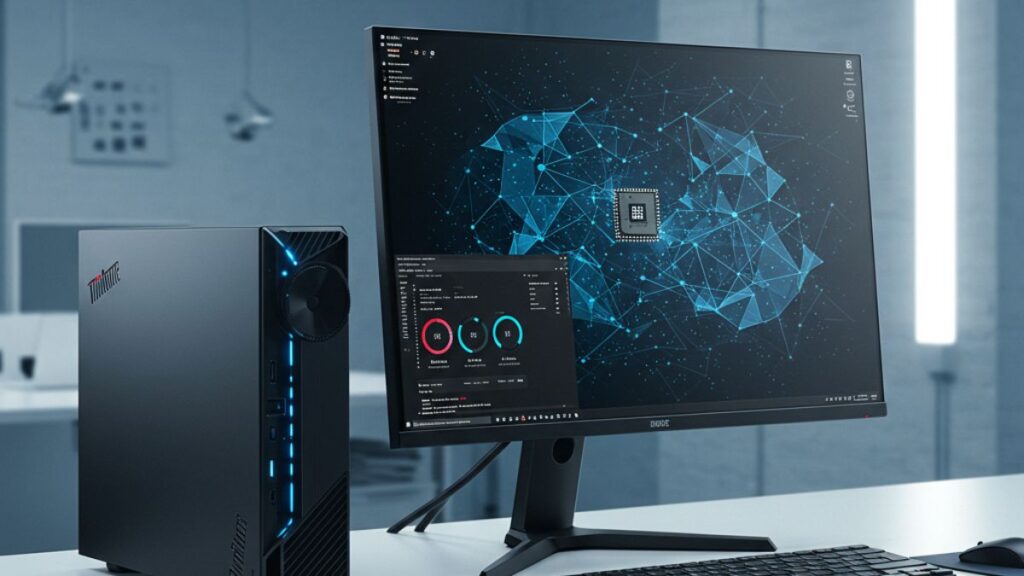IBM used to be my gold standard when describing a multinational that could operate successfully across the borders of nations in conflict. Granted, even they had issues during World Wars, their process of establishing a powerful localized presence—which tech companies like Microsoft, Cisco, and HP, and even car companies like Toyota, Ford, and GM have since emulated—still stands as one of the best practices in the industry.
The current animosity between China and the US, the two most potent economies currently, has been problematic for most companies in either country. This cross-country animosity has badly hurt highly regarded companies in their own countries like Apple and Huawei. Still, Lenovo stands out, as their current financials showcase by successfully navigating this minefield by uniquely being both integrated into both countries’ cultures and yet remaining independent of both countries’ governments.
Many in Lenovo came out of IBM. I think you could argue that what Lenovo is successfully doing is enhancing the localization model that IBM created, with the significant difference being authentic international company leadership.
Let’s talk about this.
Lenovo’s Financial
Once again, Lenovo had an incredible quarter, particularly during both the COVID-19 pandemic and the parts shortages the industry is experiencing at the moment. Pre-tax income, quarter over quarter, almost doubled (increased a whopping 96%), net income more than doubled, showcasing impressive expense management and maybe some financial benefits from working from home. Net margin at 2.8% was near record levels for the company, and revenue at $16.9B was up 27% year over year.
One of their newest groups, the Infrastructure Solutions Group (ISG), has outperformed the market for six consecutive quarters and achieved the best results in five years. Lenovo reports they are now #3 in global x86 Server market sales and #2 in global mainstream storage.
These are impressive results that, in my opinion, mainly come from the company’s unique ability to straddle the US and China without drawing the ire of either government or country.
Lenovo’s Unique Advantage
IBM, and later companies like Cisco and Microsoft, have successfully set up localized subsidiaries that present the company as more of a local than a foreign entity. This practice isn’t just appearance either, as these subsidiaries have some independence and help develop uniquely designed offerings to serve the local market. Learning this lesson has been particularly hard for companies outside the US and even in the automotive market, which has almost always been predominantly global; funding a localized presence was often more the exception than the rule. But leadership, in all cases, remained in the US and, in the past, during conflicts has at times forced the divestiture of the non-US units to protect them and the parent company.
Lenovo did two things; the company was constructed of elements out of both the US and China. The company’s core is Chinese, but the major computing elements came from IBM and Motorola—US companies with US leadership. Lenovo didn’t build a Chinese company in the US. They bought US companies and left them primarily US staffed. This bifurcated leadership creates a Switzerland-like appearance with clear checks and balances should either country’s government try to use the firm’s technology against the other. Not only is the company more likely to refuse, they are sure to report the attempt. This organizational structure provides an unprecedented level of comfort for firms in either country that want to do business with the firm and for firms operating in both countries that want a standard solution, an ideal value proposition for Lenovo. One of those benefits is that neither country wants to use them as an example, like firms more closely tied to either country are unfortunately now used to.
Wrapping Up
The animosity between the US and China is an ongoing problem that will worsen before it gets better. Still, if companies want to benefit from the two largest world economies, they have to find a way around the problems. Not just for sales volume either, as both countries have regional advantages in everything from intellectual property (Silicon Valley is in the US) to access to raw materials (China has a near-monopoly in rare Earth metals).
Lenovo’s performance indicates that improving the old IBM in-country model is currently the most successful way to bridge this unfortunate country divide. While bifurcated leadership may seem excessively complex, it also may be the only way to assure relatively unfettered access to the unique advantages both countries possess.
- The HP OmniBook X Flip 2-in-1 16-Inch: Your New Digital Swiss Army Knife (Now in Glorious Atmospheric Blue) - June 25, 2025
- The Open AI Avalanche: Why AMD’s Collaborative Spirit Is Outmaneuvering NVIDIA’s Empire - June 22, 2025
- Lenovo Embraces OpenBMC: A Step Towards Greater Transparency and Control in the Data Center - June 17, 2025




Comments are closed.